Hip flexion happens every time you step, squat, sit, and revolve on a bike. Another way to describe this is when the knee comes toward the chest. A technical definition might say hip flexion happens...
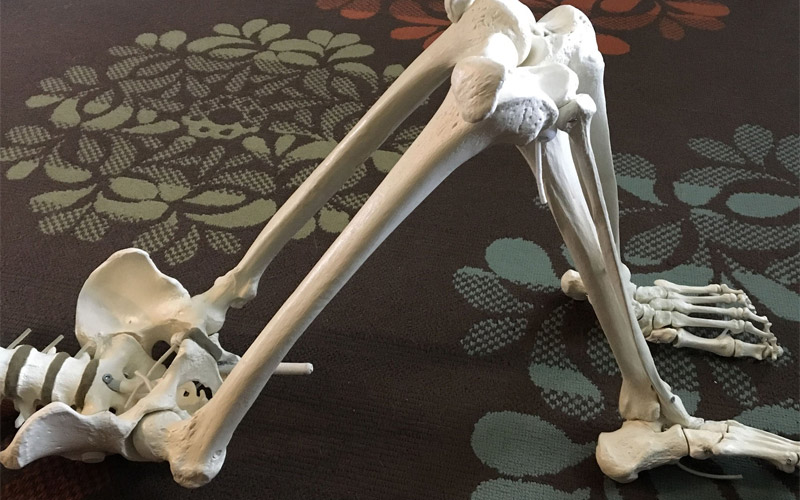
Articles on anatomy concepts relevant for personal trainers.

Hip flexion happens every time you step, squat, sit, and revolve on a bike. Another way to describe this is when the knee comes toward the chest. A technical definition might say hip flexion happens...
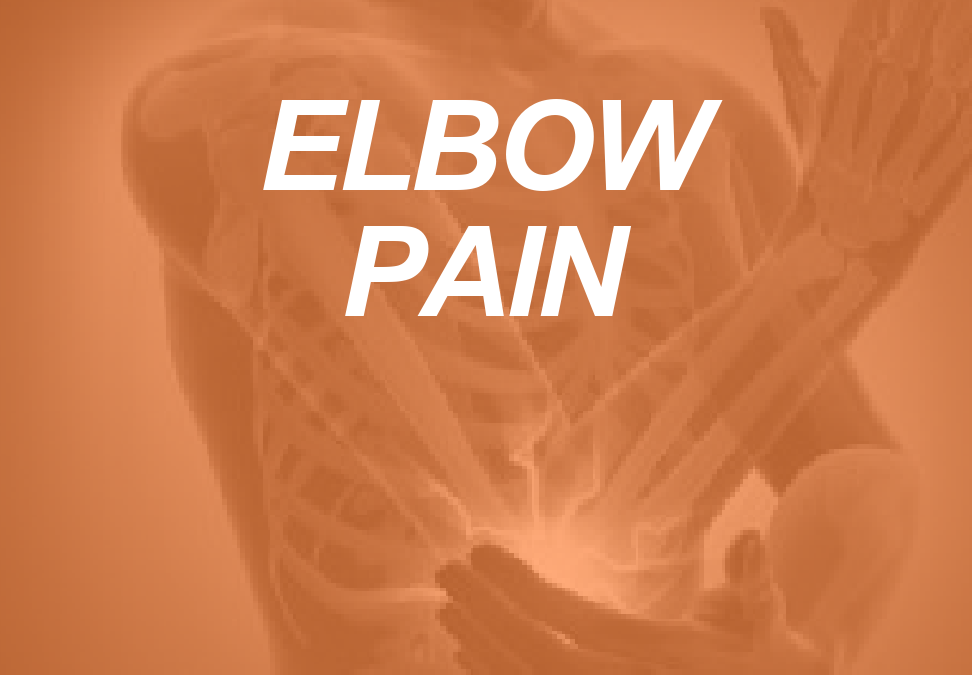
Elbow pain and tendonitis occur more often for certain activities and occupations than for our general population. Hinging incidences are much higher for clients who play racket sports, golf,...
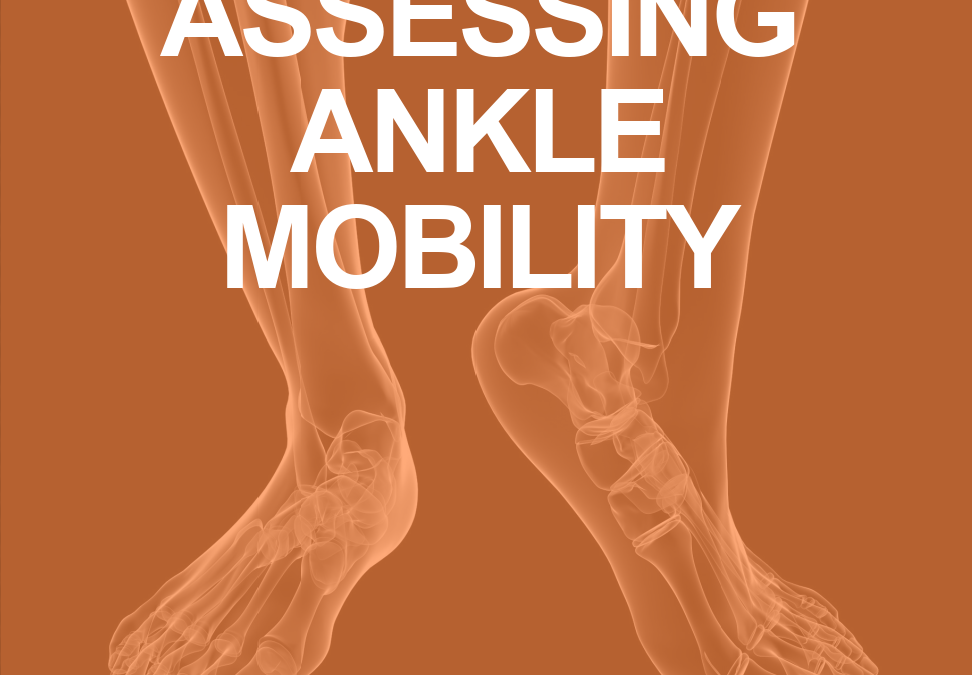
If assessing ankle mobility is not on your checklist of assessments to complete with a new or existing client, you might consider adding it to your repertoire. Adequate ankle mobility is paramount...
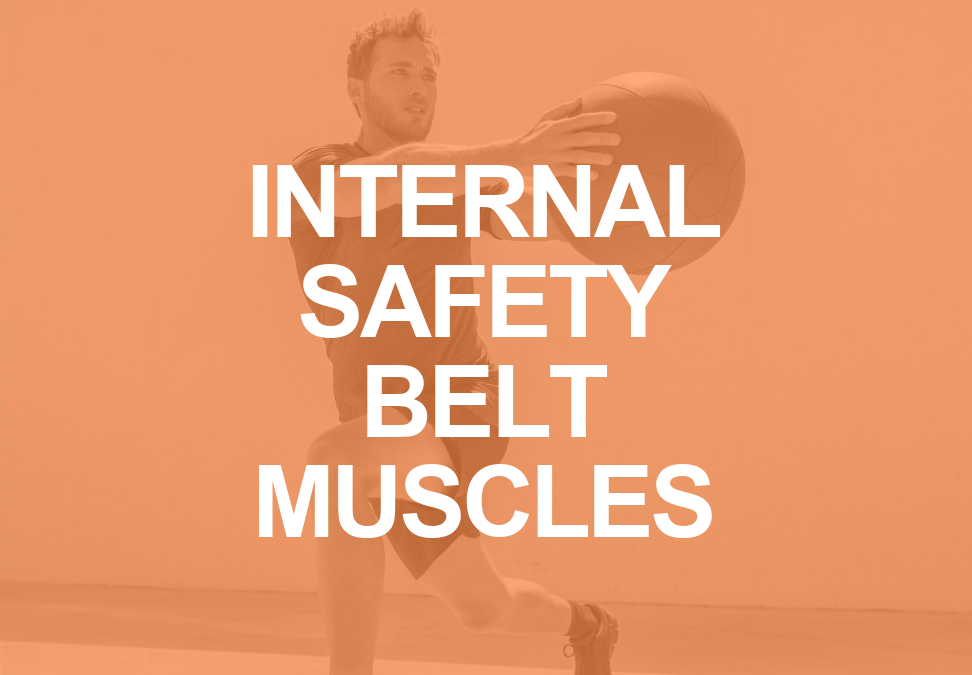
Although Rectus Abdominus (RA) muscles are sought for aesthetic and athletic appeal, they do not reign supreme when it comes to core stability and strength. RA by definition are superficial muscles...
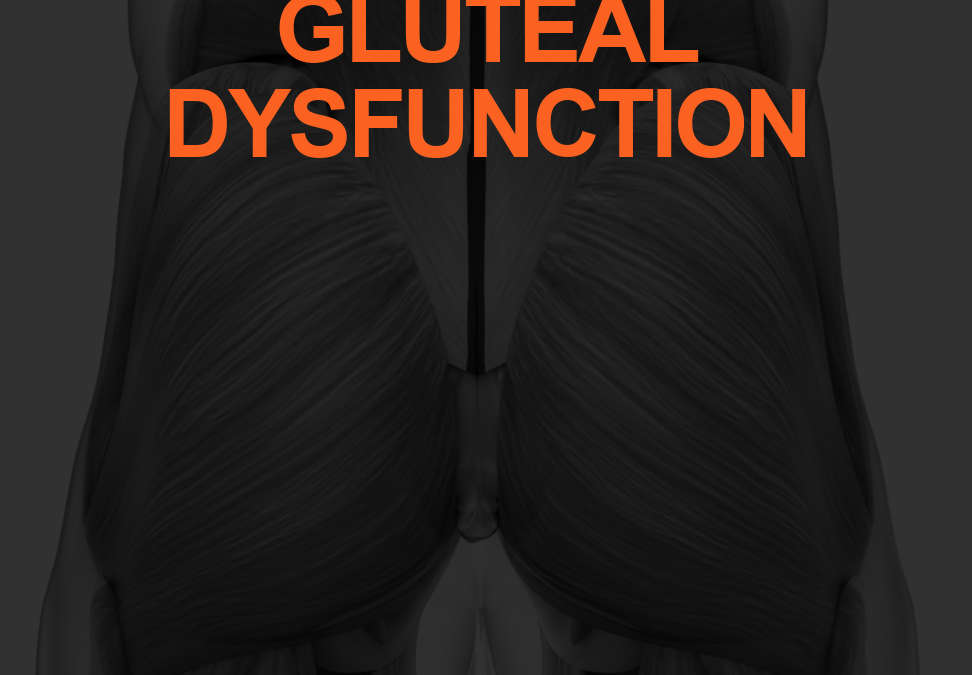
Gluteal dysfunction can be a common problem among our personal training clients and can lead to a cascade of other kinetic chain issues if not corrected. The gluteal muscles---the largest in the...
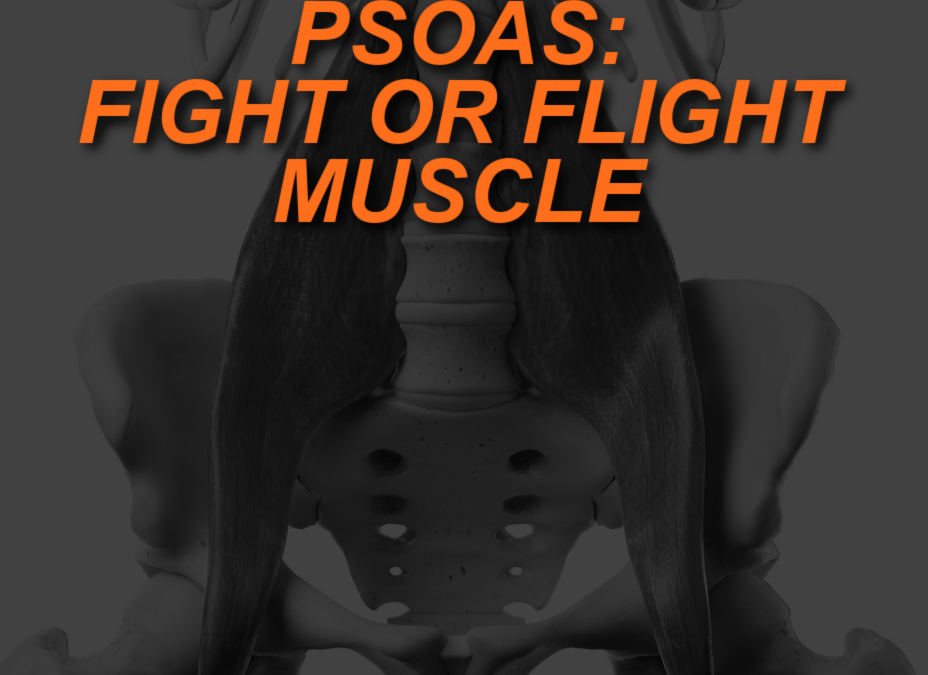
The psoas muscle is one that is talked about often– whether an athlete is blaming it for "tight" hips or when a yoga instructor claims that a stretch is going to release it. You may have even heard...
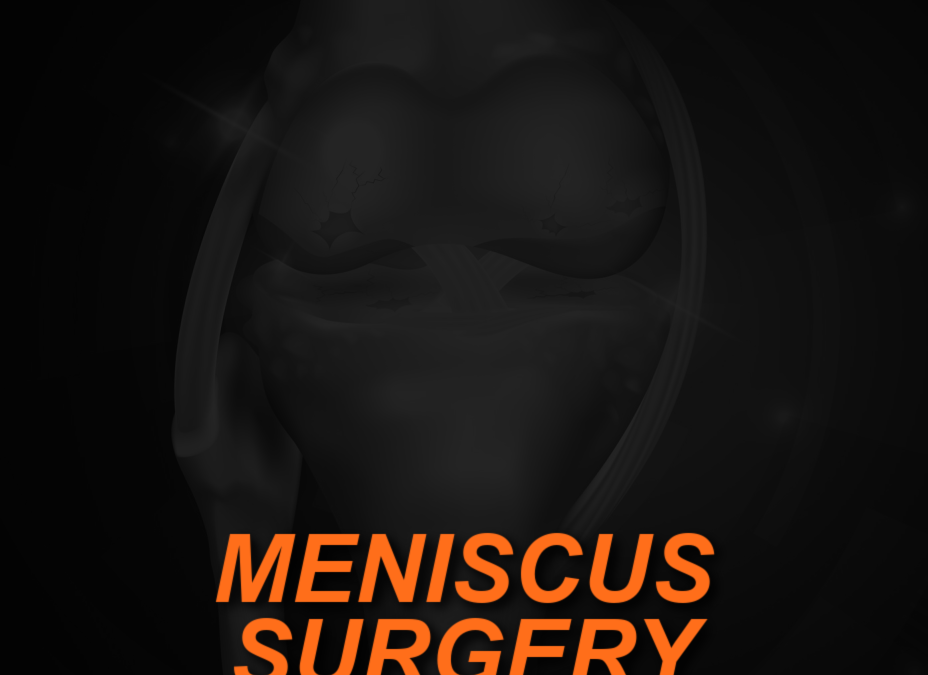
The meniscus, also known as the "shock absorber" cartilage of the knee, provides stability and cushioning to the knee joint. It consists of two C-shaped tissues, one on the inner (medial) side and...
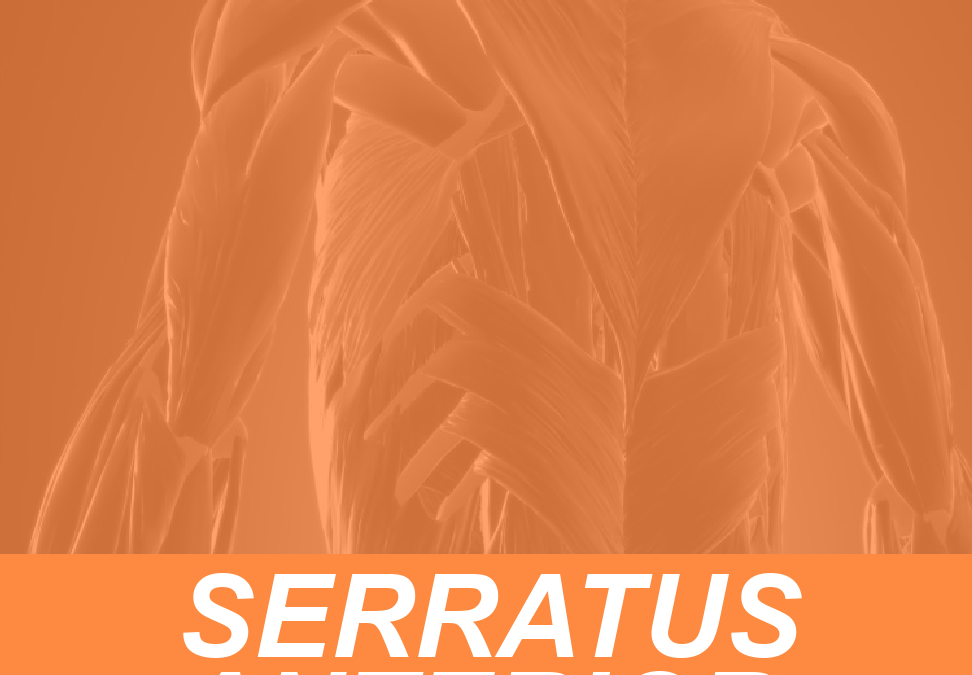
Serratus anterior is often referred to as “the boxer’s muscle” because it is largely responsible for protraction of the scapula – the forward movement of the shoulder blade that takes place, like...
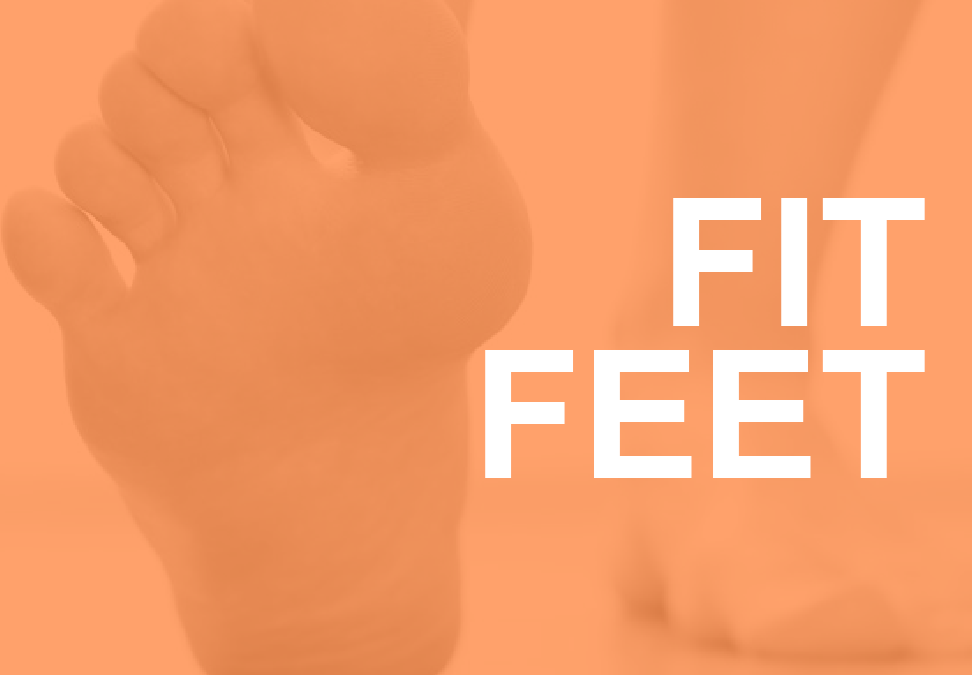
Our two feet are, by definition, the terminals of our legs. As much of our quality of life depends on mobility, proactive foot care and "shank's mare" (one's own legs!) fitness is a trainer's prime...
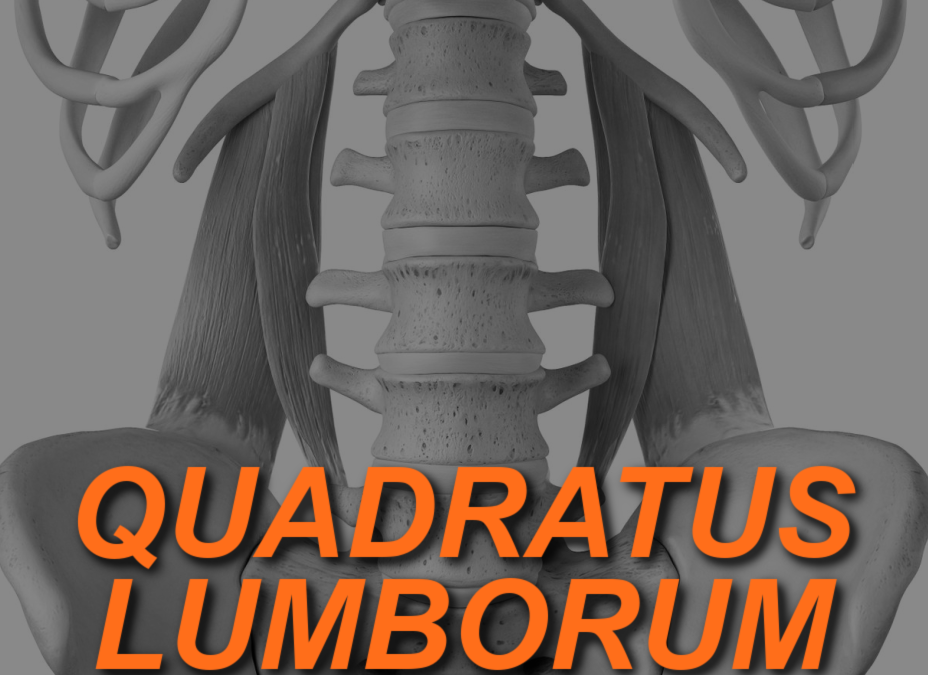
The Quadratus Lumborum (QL) muscles, a common source of lower back pain, are located on either side of the lumbar spine. While they are situated at the lower back between the pelvis and the lowest...